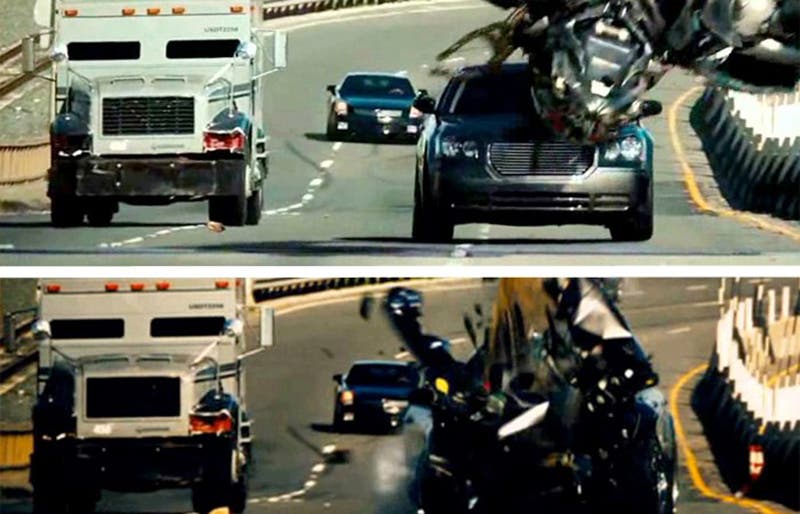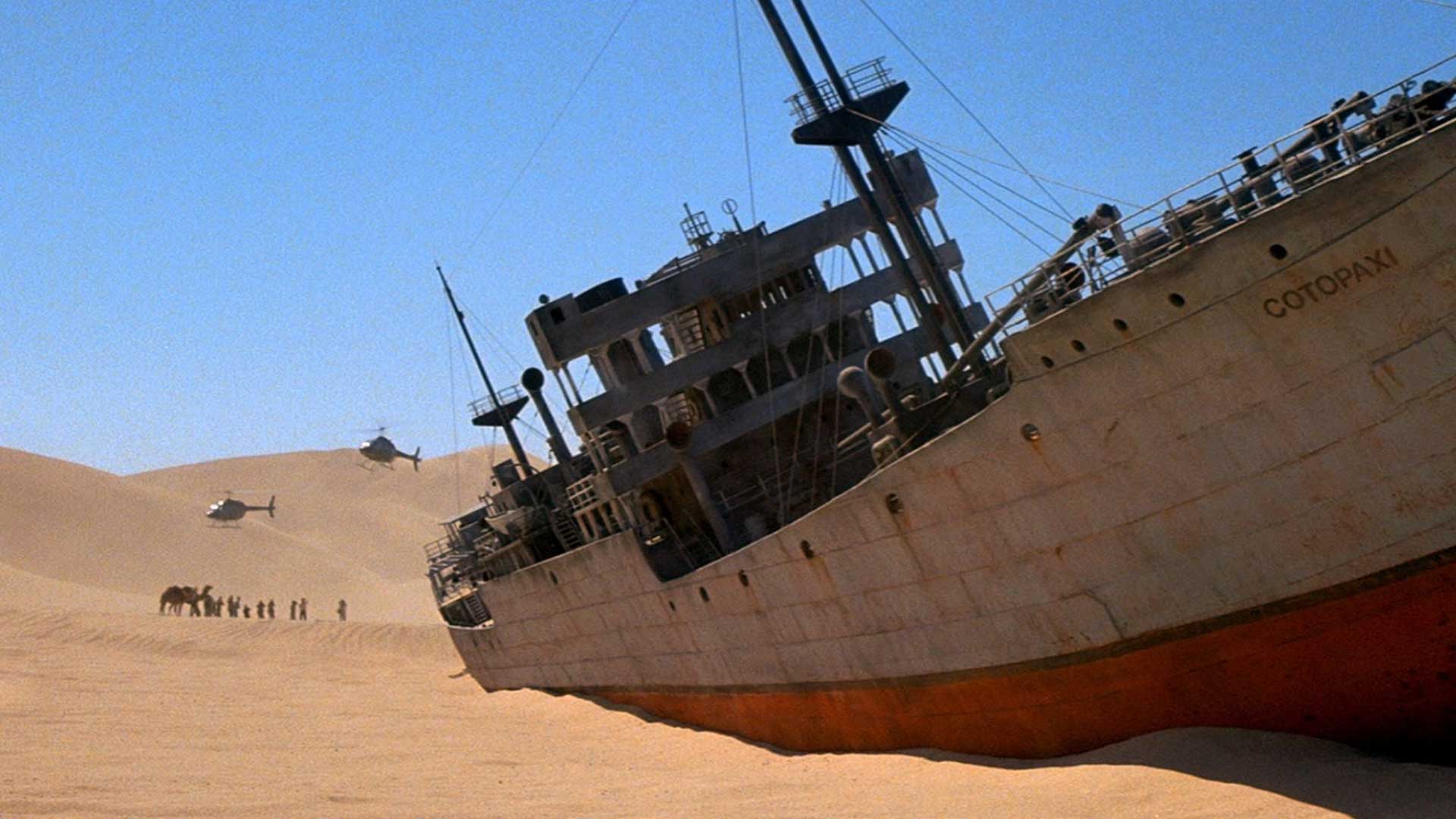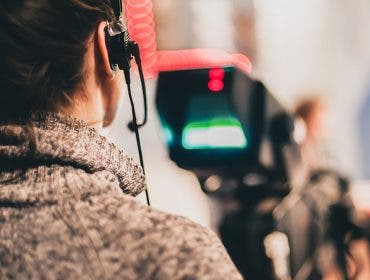Obviously a lot of money is spent on big budget films. Otherwise we wouldn’t call them “big budget films,” correct? Yet, even the more expensive Hollywood productions need to cut corners or find more economic means due to budget restrictions or a lack of time to finish the scene. Sometimes the cheaper, more efficient techniques are the way to go. And you’d be surprised what low budget “hacks” are being used on a lot of mainstream, studio features. Here are five examples:
Shoot during the day, near windows.

A lot of directors who made the transition from mico-budgets to large scale, studio productions often carry over the economic solutions they developed while working on indie films. Christopher Nolan is no exception to this. In an interview on Vice.com, Nolan explains how as means to save time and money on his first film “Following,” he would intentionally shoot scenes during the day while using natural light streaming through windows. Nolan continued that tradition with his next film “Memento” which also marked his first collaboration with American cinematographer Wally Pfister. And, according to Nolan, both he and Pfister also continued to apply that technique in films as epic as the “Dark Knight” series and “Interstellar.”
Poor Man’s Process

You’ve seen it many times before. The exciting car chase. The close up on the actors’ faces as they drive those cars. And the world zips on by, thus adding a visual veracity to the action. Or so it seems. In actuality the actors are not only not driving the cars, but the cars aren’t moving at all. Instead, an intrepid crew stands outside the frame of the camera while shaking the car, thus creating the illusion of movement. Add to this a little camera shake and maybe some lights in the background slowly shifting from left to right and hey, presto! You’ve just applied the Poor Man’s Process! Apparently blockbuster filmmaker Michael Bay is a huge fan of this approach as it turns up in both the “Bad Boys” and “Transformer” movies.
Forced Perspective
Forced perspective is still one of the oldest, in camera special effects being used on even the largest films coming out of Hollywood these days. And the technique is simple: place a scale model or object in front of a lens with a long depth of field while actors move about in the background. The resulting image looks like the subjects are standing right next to that model. Here is a famous example from Steven Spielberg’s “Close Encounters of the Third Kind:”

Although a team of explorers appears to be approaching an abandoned ship left somewhere in the middle of the desert, the boat might be no bigger than that of an actual person whereas the actors are positioned quite a distance in the background. Pretty low tech compared to the abundance of CGI used in today’s movies, correct? And yet it is somehow all the more effective for it. In fact, our very own Daniel Norton and the “OnSet” team provided this experiment with forced perspective.
Reused Footage
Have you ever sat through a major release and developed a curious sensation of déjà vu? No, I’m not talking about a plot that you’ve seen over and over again. I’m talking about a scene in a film or a certain depiction of action that looks awfully similar to… hey, wait a second! That used that exact same footage in Stanley Kubrick’s “The Shining!” What the hell is it doing in Ridley Scott’s “Blade Runner?!” Or, since returning to the example of director Michael Bay, compare these two screenshots from “The Island” and “Transformers 3:”

After wising up to this, I wonder how many cinema-going audiences wound up demanding their money back?
The Schüfftan Process
Kind of similar to the forced perspective technique, the Schüfftan process utilizes the additional element of a half transparent mirror. It was developed by cinematographer Eugene Schüfftan during the filming of the 1927 classic “Metropolis.” Basically, the camera faces a mirror positioned at a 45-degree angle. A scale model or set existing to the left of the camera would be reflected in the mirror while actors situated a fair distance in front of the camera would appear through the transparent portion of that mirror. And so images of the reflected set and the actors in the distance are combined.

To be honest, the Schüfftan process is not used as frequently as it was up until the mid-twentieth century. However as a technique it pops up every now and then. The most recent example was in Peter Jackson’s “Lord of the Rings: Return of the King.”






